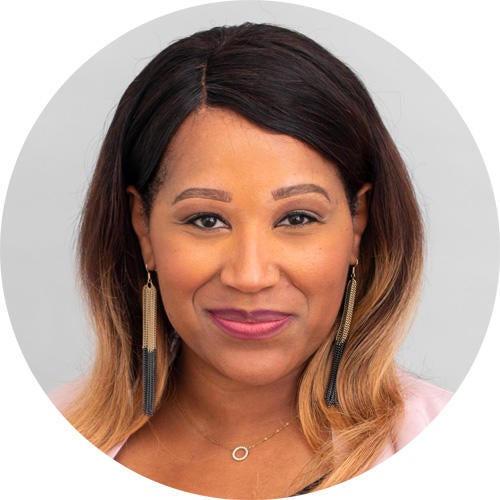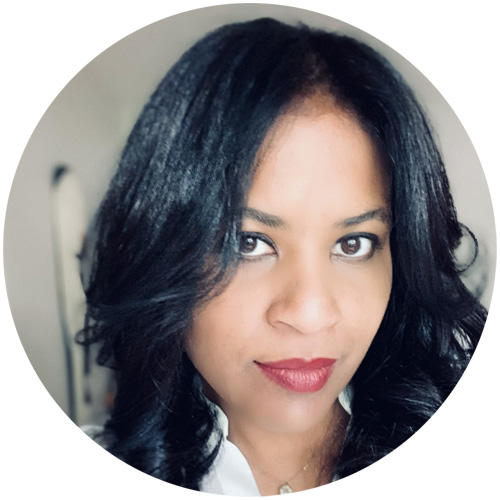Whether it’s starting too late, inheriting someone else’s ideas or the risk of taking on a difficult client, picking up a project where another designer left off can have its challenges. We asked four designers—Vani Sayeed, Brandi Wilkins, Elisa Baran and Taj Hunter Waite—to share how they really feel about starting a project midway.

A New Start
“When we are invited to a project where another designer has left off, we approach it with fresh eyes, as a completely new project. If the foundation from the previous designer is not right, then we will advise the client and start from scratch. However, sometimes the base works well and we build from it.” —Vani Sayeed, Vani Sayeed Studios, Newton, Massachusetts

Trust Exercise
“When picking up a project where another designer left off, it’s imperative to get to the core of why the client is no longer working with the previous designer. I have to be able to trust that I have a full picture of what the dynamics were and understand what the client is seeking. That way, I can be sure that I can work with their preferred style of communication and that I can stand firm in my processes. I don’t immediately view it as a ‘red flag.’ It truly depends on where in the process the change occurred, how the client is communicating with me and whether their expectations are realistic for my process. I also rely on my intuition. If I don’t feel good about what I’m hearing, then I trust that feeling and choose not to move forward.” —Brandi Wilkins, Three Luxe Nine Interiors, Frederick, Maryland

All About Timing
“If a potential client is in the middle of a project and isn't hitting it off with their current designer, it's not a big deal for me to pick up the slack, as long as the client is open to my changes and explains the issues with the previous designer. Of course, there are some situations where it would be disadvantageous, for example, if the project is nearing the end. That wouldn't work for me because it's not something I could use in my portfolio, nor would it be fair to the previous designer.
An advantageous scenario would be one that I actually came across last year. I met with a potential client who had hired another designer, and when the client received the proposed floor plans and designs, she didn’t like what she saw and decided to part ways. That worked because I didn’t have to spend time creating a floor plan, and I knew exactly what the client didn't want.” —Elisa Baran, Elisa Baran, LLC, New York, New York
On May 21, award-winning nursery and children’s room designer Naomi Coe shares her insights on creating spaces that are not just kid-proof but kid-approved. Click here to learn more and remember, workshops are free for BOH Insiders.

Ask Questions
“All of my projects start with an intake questionnaire, and there are questions related to the client’s past experience working with designers. I learn a ton from this step alone. Specifically, I ask, ‘How would you define your pros and cons with your experience with designers in the past?’ and how involved they prefer to be in the process. Lastly, based on their past experience, I also ask if they have any specific requests of their next designer. Their answers will expose any red flags, and I'll determine if it's a job worth entertaining.” —Taj Hunter Waite, All Things Taj, Hollywood, Florida
Homepage photo: A plush living room by Vani Sayeed invites relaxation. | Courtesy of Vani Sayeed




























